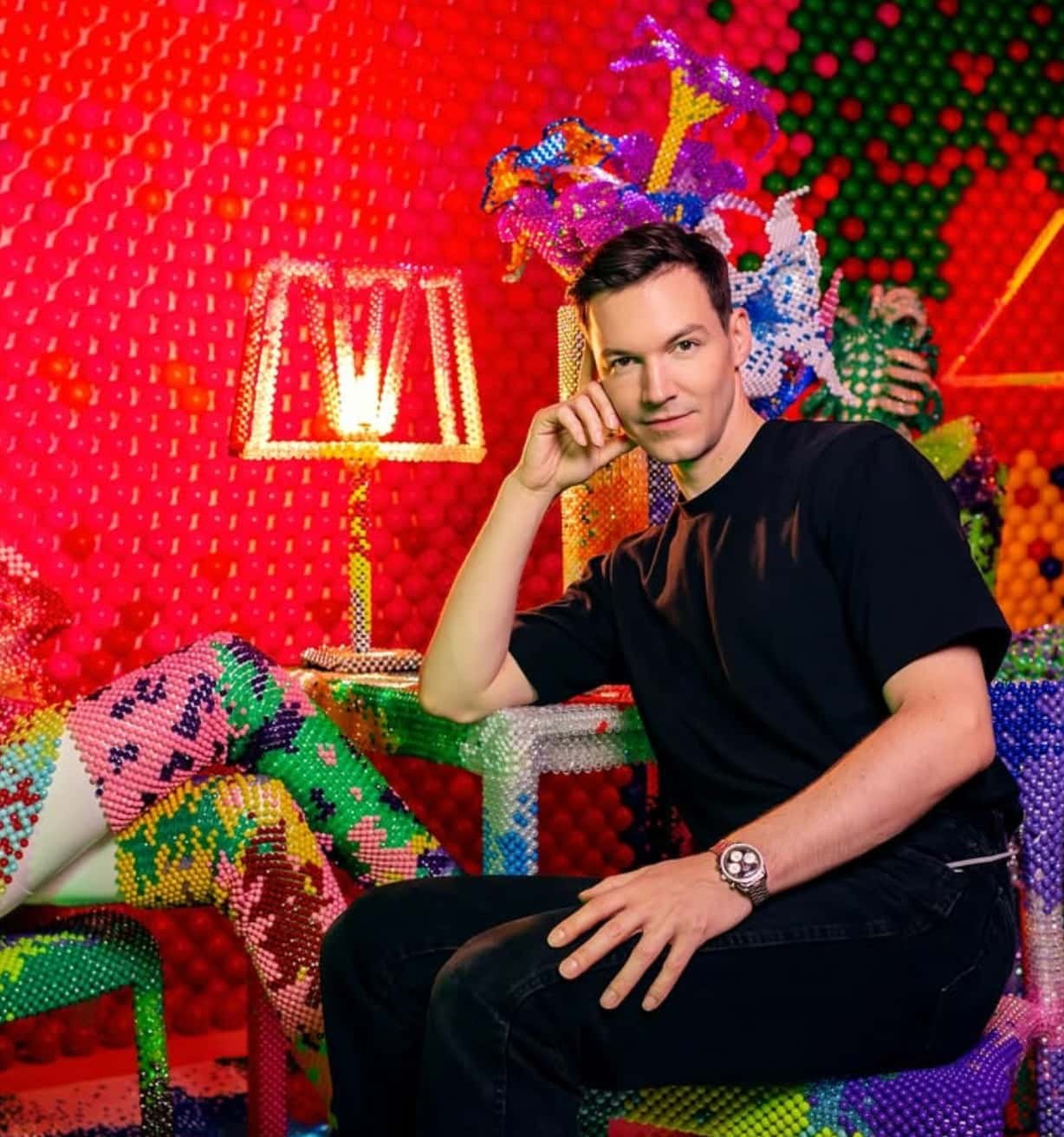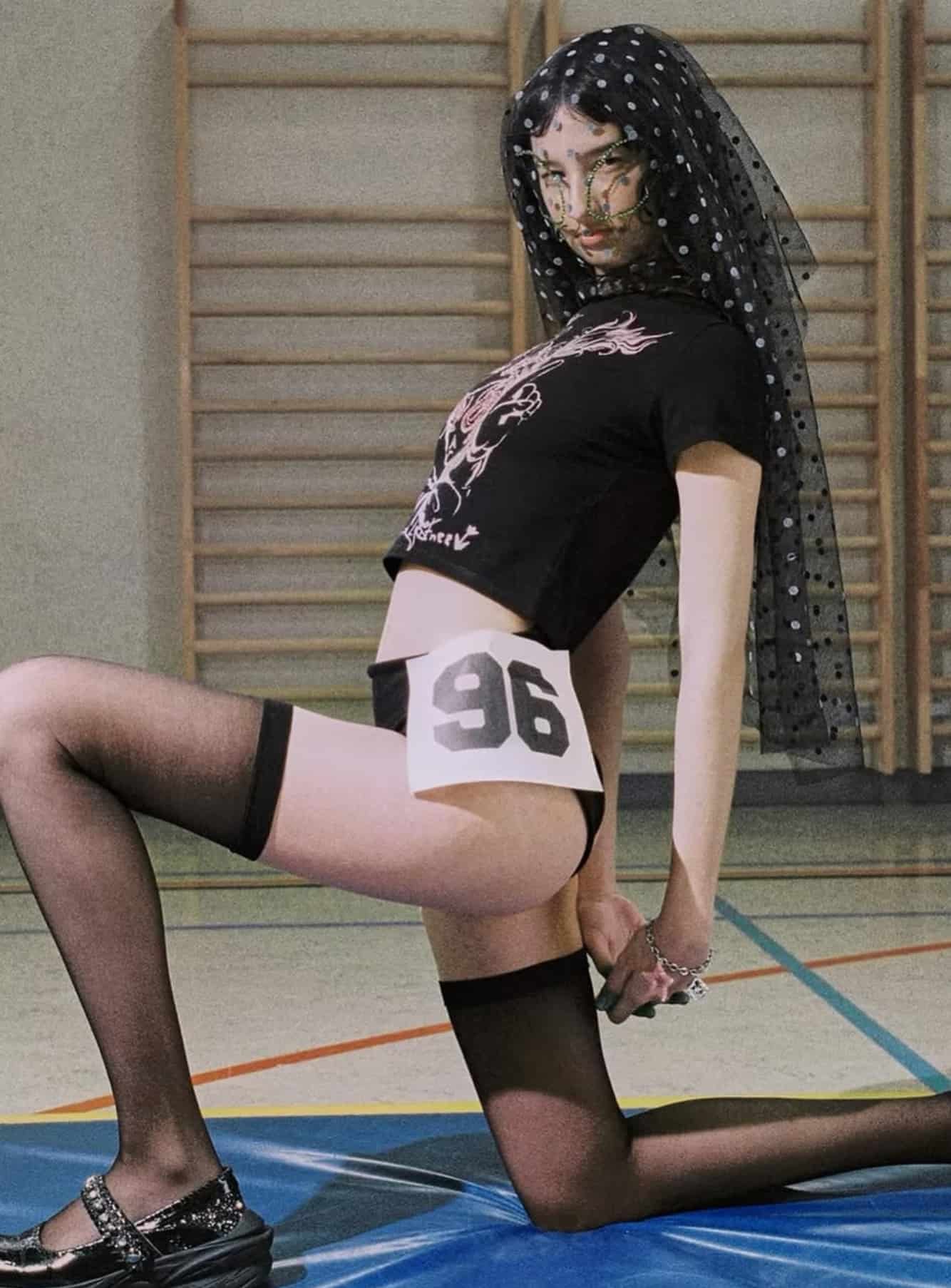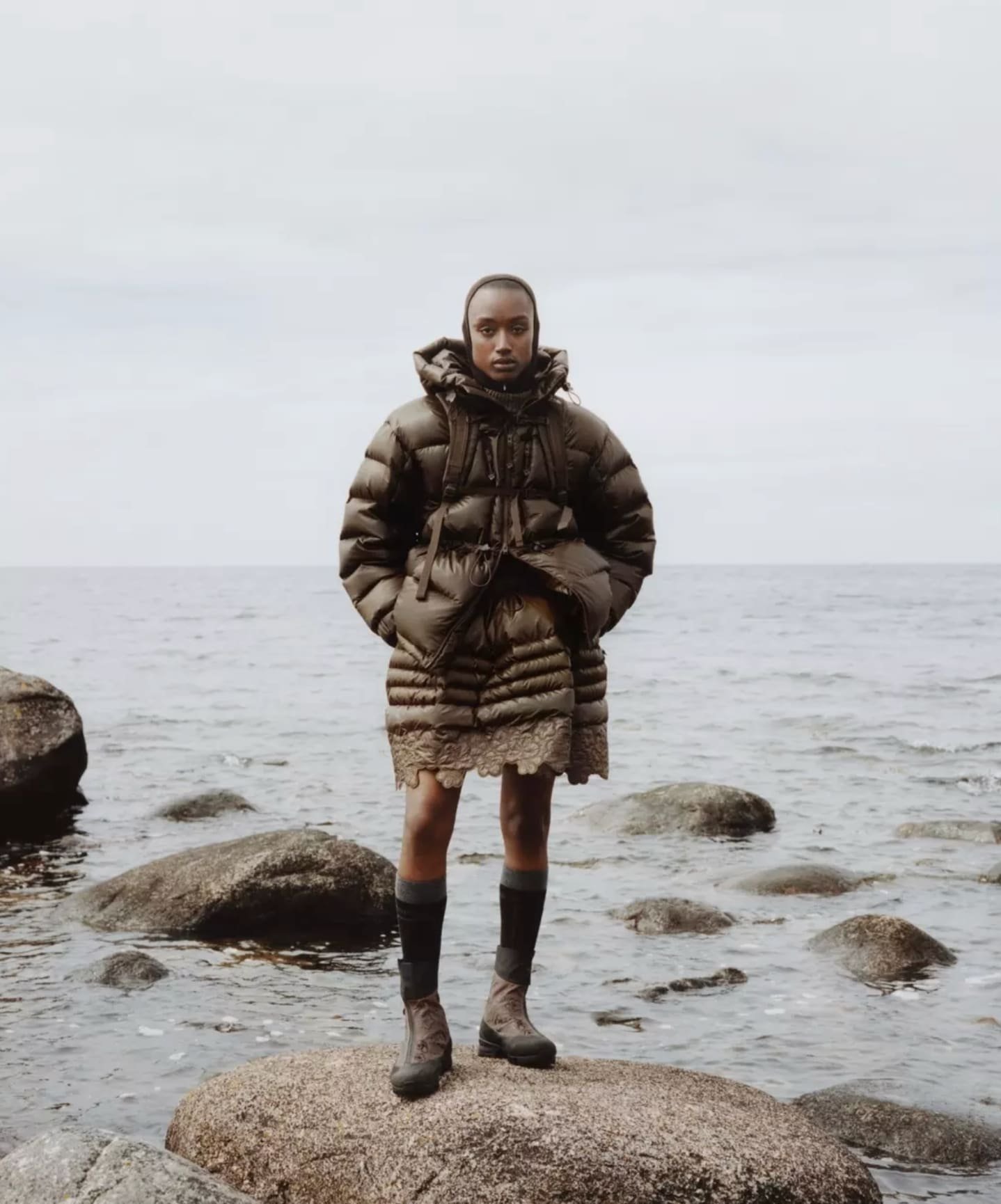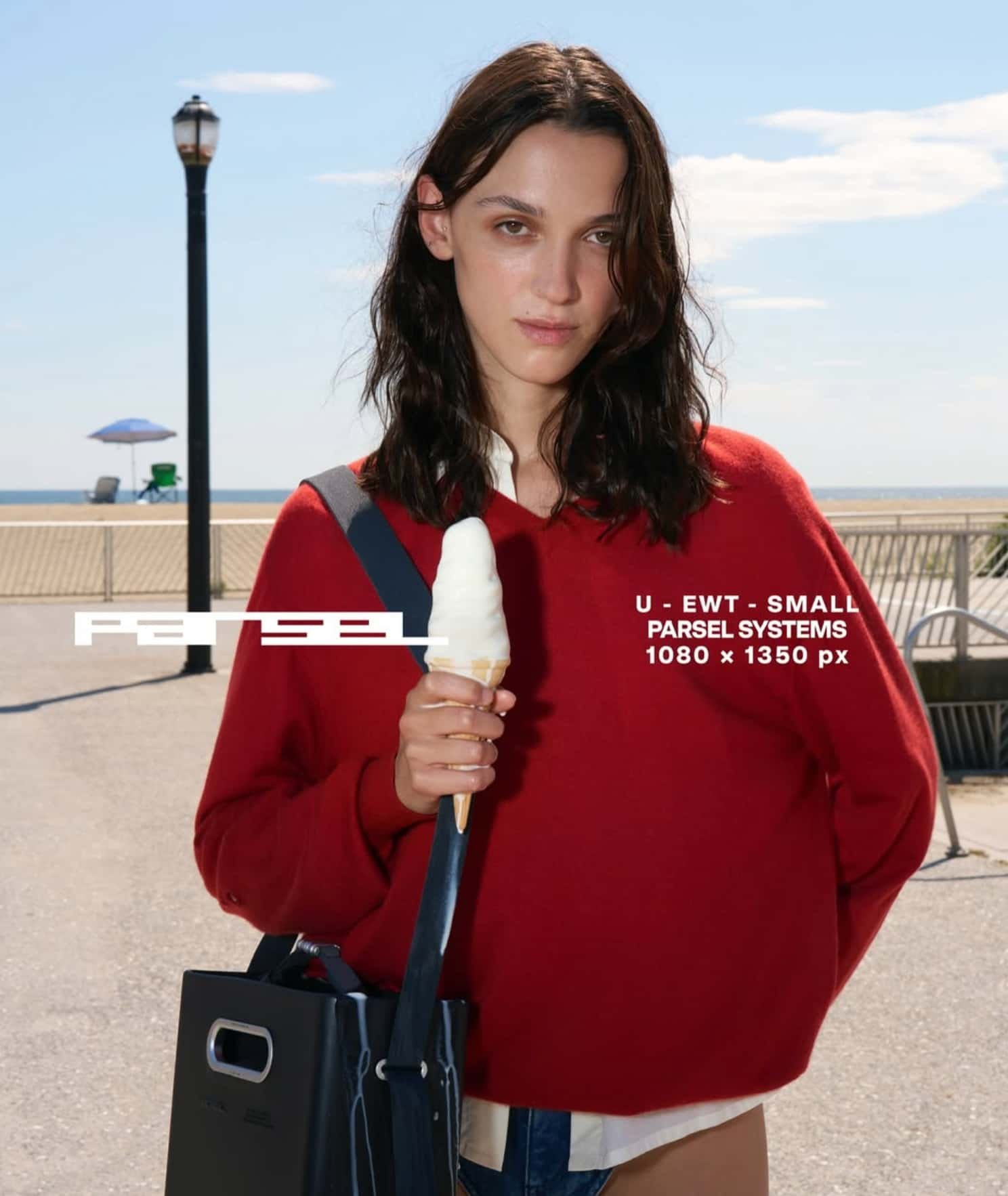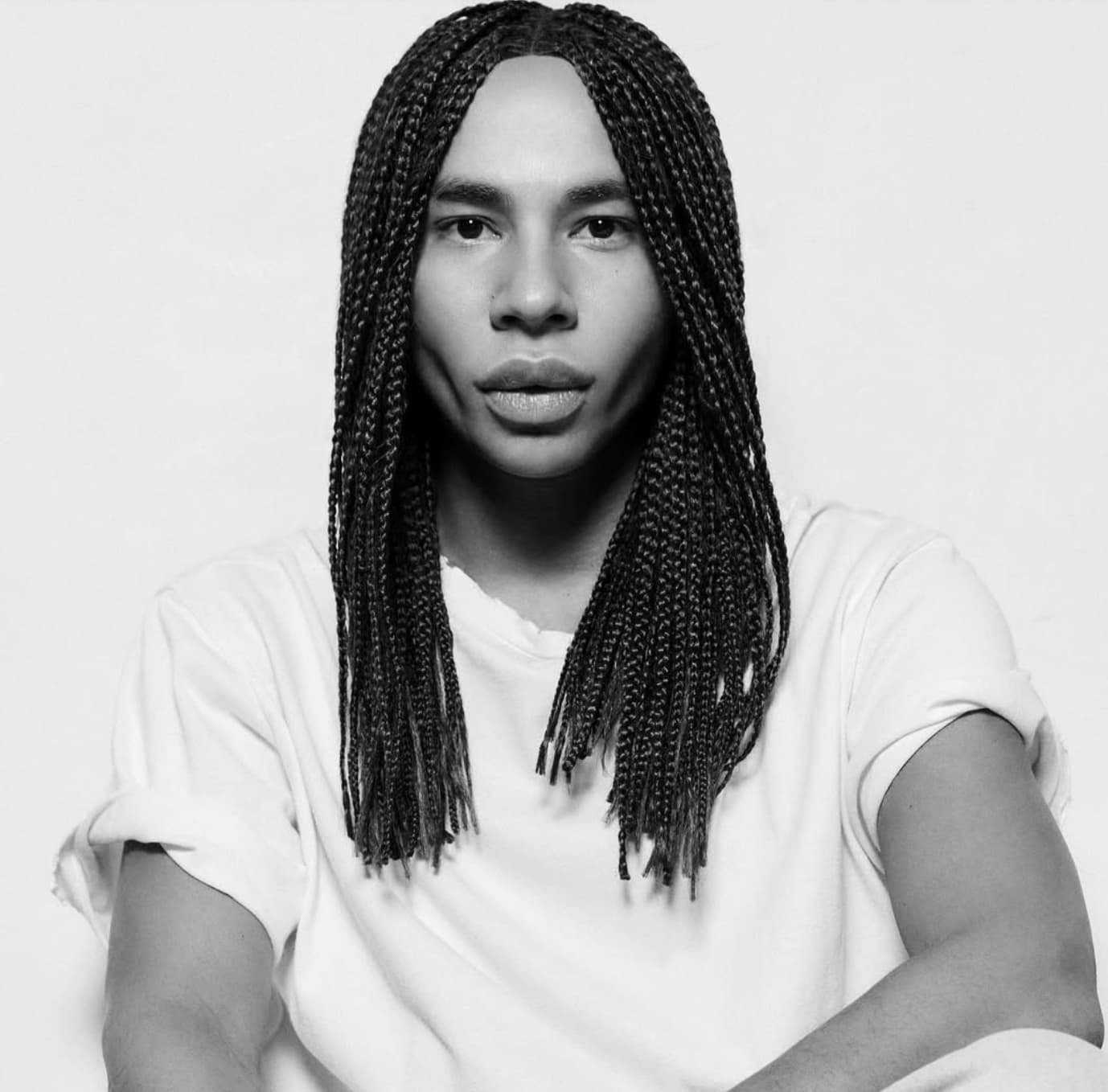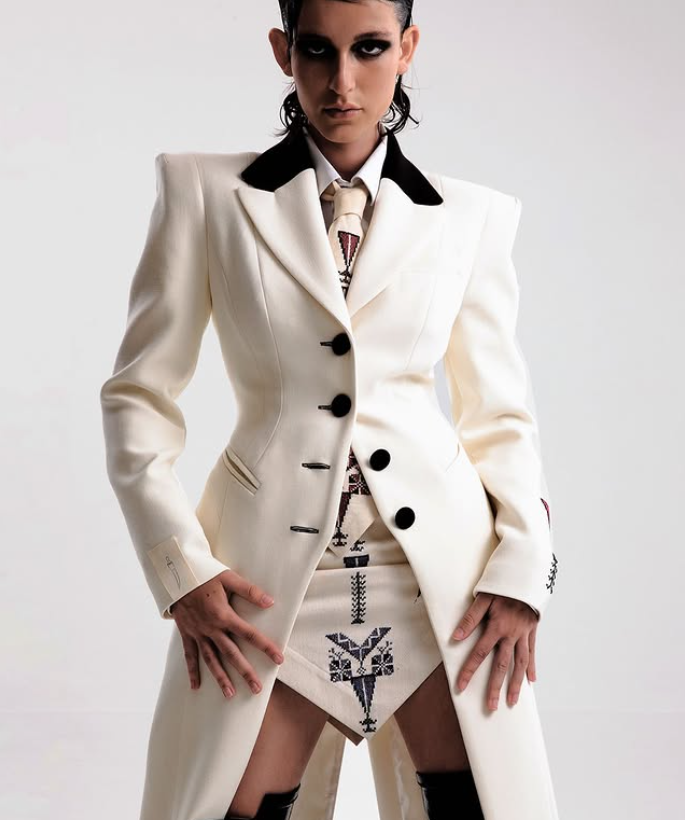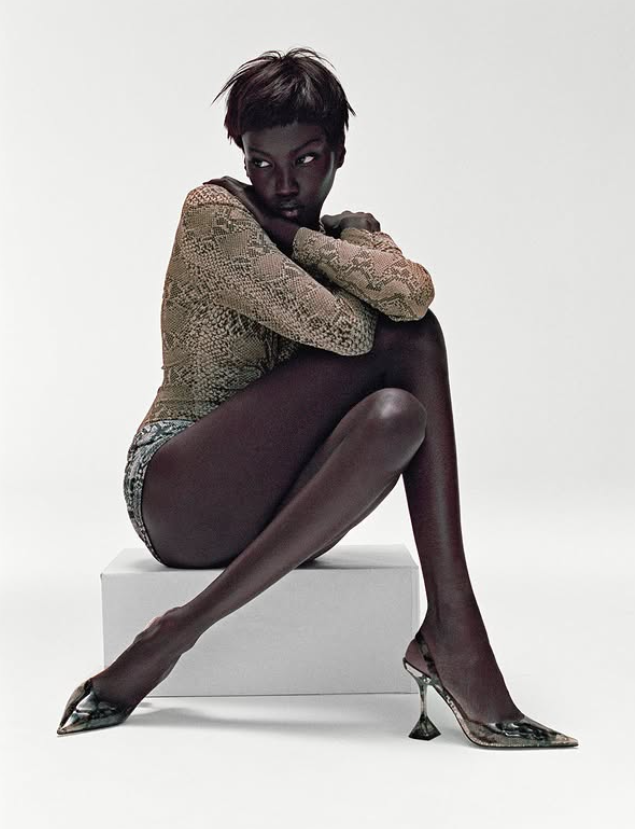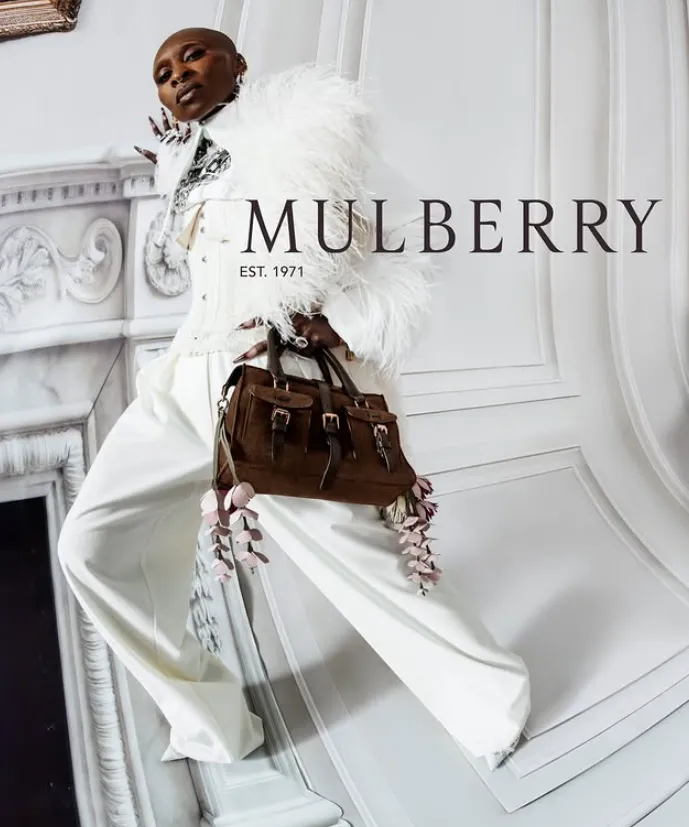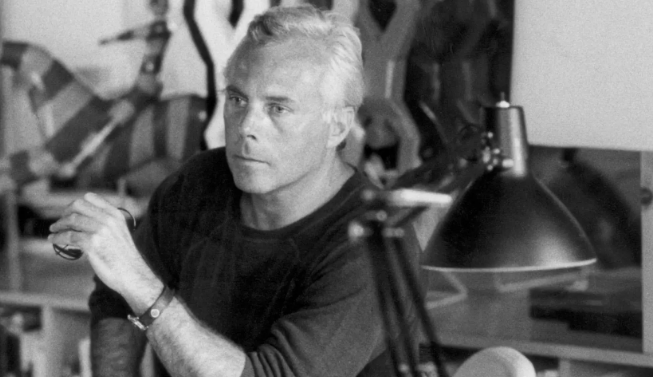London Fashion Week SS26 didn’t just open—it detonated. On September 18, cult New York streetwear powerhouse Sprayground marked its 15th anniversary with a one-off London takeover that felt less like a runway show and more like a fashion uprising. Founder and creative director David BenDavid chose the UK capital over the brand’s usual New York stomping ground, declaring the night “a cultural statement.” London, he explained, embodies fearless self-expression, and Sprayground came to match that energy watt for watt.
The spectacle began with a jolt: contemporary dancers and drummers thundered through the space before the first model—musician and content creative director Sandflower—strode out in a sculptural black-and-white look. From that moment, the night belonged to Sprayground’s wild imagination. Sharks, the brand’s signature emblem, prowled across backpacks and prints in endless reinventions. Teddy bears clung to jackets in surreal 3D clusters. One suit appeared to be stitched entirely from dollar bills. Ballooned sleeves swelled to cartoonish proportions, while shoes climbed to metallic, sky-high platforms that demanded sideways exits from the catwalk.
Supermodel Leomie Anderson delivered a commanding finale, but the casting also celebrated inclusivity, with older models and boundary-breaking performers including Phoenix Brown, Jack Fox, Virginia Bates, and Roxy Horner owning the stage. Hair and makeup matched the anarchy: slicked-back crowns met neon spikes of green and pink, zigzag face paint danced alongside Joker-red lips, and no two faces mirrored the next.
Sprayground didn’t stop at spectacle—it teased the future. Golden suitcases hinted at upcoming collaborations with Porsche and the Frank Lloyd Wright Foundation, signaling a collision of streetwear and architectural icons. It was a wink to the brand’s evolution from cult backpack disruptor to global tastemaker.
As the last model disappeared, a choir dressed in pure white emerged, their harmonies floating above the crowd while Sandflower returned to perform her track “I Can’t Stop.” Models swirled around her in a euphoric finale, and then—boom—giant cannons erupted, showering the audience in gold confetti.
Fifteen years in, Sprayground proves it’s still a predator of the unexpected. This was more than an anniversary; it was a manifesto of maximalism, a love letter to chaos, and a reminder that fashion’s beating heart belongs to those unafraid to roar. London wanted drama, and Sprayground delivered it in sharks, teddies, and glittering gold.




